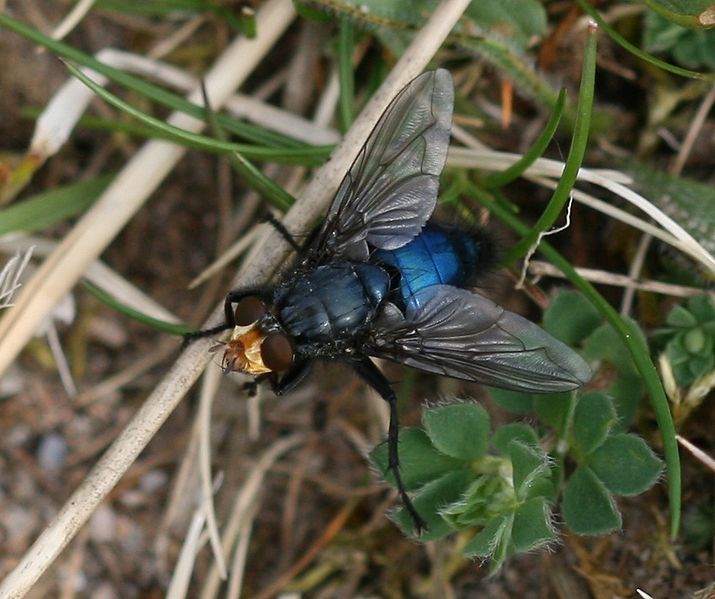Forensics 101: Forensic Entomology
/Determining time since death of a body more than a few days old can be problematic for investigators. They have a number of tools at their disposal—for example, the stage of decomposition/advance decay, or soil analysis to determine the extent of the body’s chemical breakdown—but the science of entomology can be a more precise way to determine when death occurred. Using knowledge of the life cycle of local carrion insects, scientists can accurately estimate a minimum time since death from one day to more than one month.

Flies:
- Flies are the first responders of the forensic entomological world, including species such as blow flies (Calliphoridae), muscid flies (Muscidae), and flesh flies (Sarcophagidae).
- Flies are capable of burrowing and colonizing bodies buried up to 30 – 50 cm deep.
- Blow flies are usually the first to arrive, being able to detect a body at distances up to one mile. Adult flies can arrive to colonize a corpse within minutes.
- Most adult flies oviposit (lay eggs) on the body, preferring the moist mucous membrane openings of the face. They are also attracted to any areas of trauma; in fact, this specific colonization indicates areas of damage to the medical examiner before an autopsy is started.
- Sarcophagidae is the exception to egg laying. It deposits larvae directly onto the corpse.
- Fly eggs hatch within 8 – 24 hours, and the resulting larvae or maggots will feed off the corpse. A heavily colonized corpse can be completely reduced to skeleton in only a matter of weeks by nothing more than extremely active maggots during warm weather.
- When a victim is discovered colonized by maggots, investigators will collect samples. Some larvae are sacrificed for DNA which will be analyzed to determine their species. Others will be raised in the laboratory, and scientists can observe them to determine when they pupate and develop into the adult form (this will also confirm or determine species identification). Using knowledge of the species’ life cycle, scientists will then be able to work backward to determine when eggs were laid on the corpse. This is the minimum possible time since death. The maximum time since death estimate is often dependent on the condition of the victim ie. body location, or a time of year that might slow near-instantaneous insect colonization.
- A body undergoing decomposition moves through the stages of fresh, bloated, decay and dry. Since ovipositing flies require a moist environment for egg development, most flies are no longer attracted to the corpse by mid-way through the decay stage
Beetles:

- Beetles tend to arrive following the fresh body stage. They will feed on any young fly larvae present as well as the flesh of the corpse itself.
- Adult beetles will lay their eggs on the corpse; when the larvae hatch, they will consume the corpse as their sole food source.
- As the body decomposes and dehydrates, beetles remain, feeding on the dry tissue, hair, and any fungus growing on the flesh.
- As with flies, investigators can collect beetle larvae and hand-raise them in the lab to determine both species and a minimum time since death based on knowledge of the species’ life cycle.
The absence of carrion insects is also important information for investigators. For instance, if a decomposing body lacking in larvae was found in a wooded area in a temperate climate, investigators would likely suspect that the body had only recently been placed there after being stored indoors and out of the contact with insects normally plentiful in that environment. Conversely, if a body was placed outdoors during the winter and mummified due to cold temperatures and low humidity, once insect activity resumed with warmer weather in the spring, flies would never colonize and only beetles would be attracted to the remains.
Using knowledge of the life cycle of key insect species, scientists can determine time since death on older remains. With this information, criminal investigators can begin their investigation to determine the suspect responsible for the death in question.
Photo credit: Wikimedia Commons – Cynomya mortuorum and Philonthus



 82.0%
82.0%